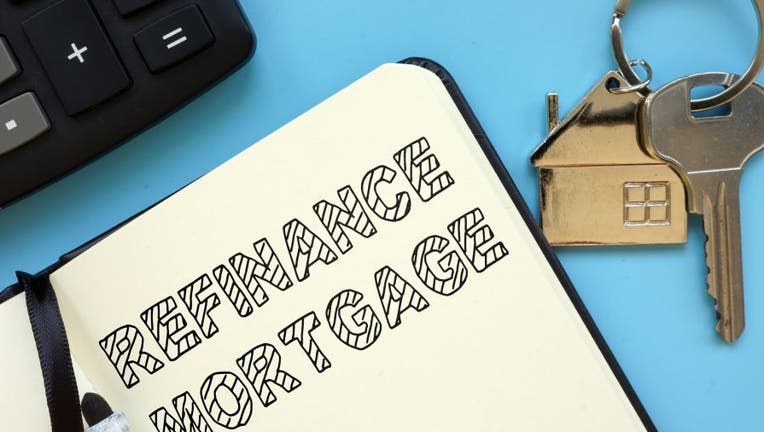How to refinance your mortgage

Considering a refinance? Here are five steps you’ll need to take to make it happen. (iStock)
Mortgage interest rates on 30-year loans have reached an all-time low, and they continue to be on a steady decline over the last several months as a result of the COVID-19 outbreak. The Federal Reserve kick-started lower interest rates in an emergency move in late March.
If you’re a homeowner, you may be ready to refinance and lower your monthly payments. Since interest rates are low, you could get an excellent deal. Refinancing your mortgage takes some time and money, so make sure you do your due diligence on types of mortgage refinance deals before submitting any applications (your savings account will appreciate it).
Here are the steps you can expect when it’s time for a mortgage refinance:
Determine the value of your property
Before you apply for a mortgage refinance, you’ll want to make sure that you have equity in your home. Equity is the amount of money you would have after what you owe on your mortgage if you were to sell the property right away. For example, if your home values at $250,000 and you owe $187,500, you have 25 percent ($62,500) equity.
Some lenders won’t consider a refinance unless you have at least 20 percent equity in your home. If you already have this, then you can get a jump-start on comparing mortgage refinance lenders and deals now through Credible.
WHEN SHOULD YOU REFINANCE YOUR MORTGAGE?
Just remember that lenders consider a property’s loan-to-value ratio (LTV), or how much you owe compared to how much the property is worth. Most lenders want an LTV below 80 percent because it’s considered a lower risk for them. An appraiser will be able to give you an accurate property value for your home.
Compare refinance rates from multiple lenders
A home refinance isn’t free. Since you’re replacing your old mortgage loan with a new loan, you’ll be responsible for many of the same fees you paid during your initial closing, including loan origination fees, an appraisal fee, closing costs, and an application fee. Rates vary depending on the lender. If you’re going to spend several thousand dollars refinancing your mortgage, take the time to shop around on a platform like Credible to compare rates without affecting your credit score.
MORTGAGE RATES HIT NEW RECORD LOW — HOW REFINANCING NOW COULD SAVE YOU MONEY
Comparing rates and fees from various lenders will save you money. You can plug your information directly into Credible's free online tool to find your loan amount.
GOOD DEBT VS. BAD DEBT: WHAT'S THE DIFFERENCE?
Decide if a refinance is a good option for your situation
Once you’ve looked at the value of your property and considered rates from multiple refinance lenders, it’s time to decide if a refinance is the right decision for your situation. A mortgage refinance will help you lower your monthly payment or save on the total interest paid over the life of the loan.
One essential tool you’ll need is an online mortgage refinance calculator. Consider the cost of your refinance, the amount you’ll save per month, and how long it will take you to recoup the cost of your refinance.
MORTGAGE RATES HIT NEW RECORD LOW — HOW REFINANCING NOW COULD SAVE YOU MORE MONEY
If you plan to move in the next few years, a refinance may not be worth the cost and time. If you have a clean credit report and you plan to stay in the home for the next five years, refinancing could be a smart financial move.
Collect required documents
When you decide to move forward with your refinance, you’ll need to collect all your required forms. Make sure to keep them handy in case your lender needs additional copies. Paperwork you should keep on hand include:
Proof of income and employment
Tax returns for the past two years
List of any assets
Copy of your current loan
Debt statements
Appraisal information
Your lender may require additional documentation. Send all documentation together to speed up the approval process.
4 MORTGAGE REFINANCING MISTAKES THAT CAN COST YOU MONEY
Review your loan estimate
When your lender approves your application, they’ll send a loan estimate and closing disclosure. The documents will outline your loan terms, repayment terms, and fees. Review the information to make sure the paperwork matches.
These documents are short and straightforward. Look out for your projected monthly payment, closing costs, fees, and whether your new loan includes a prepayment penalty.
Review your closing disclosure carefully. This document details all the final numbers in your loan. If you see an error or you have questions about a fee, charge, or another aspect of the loan, now is the time to address the issue. Once you sign the document, the lender issues your refinance and you’re on your way to saving money.

